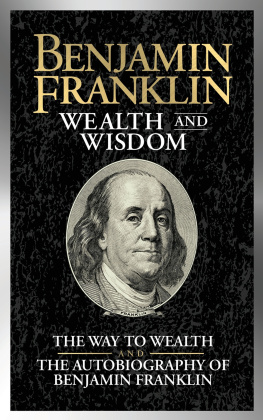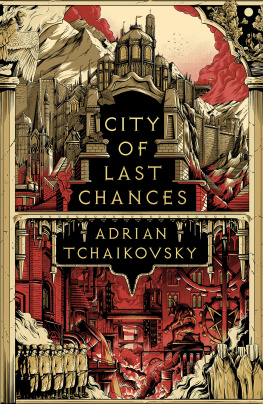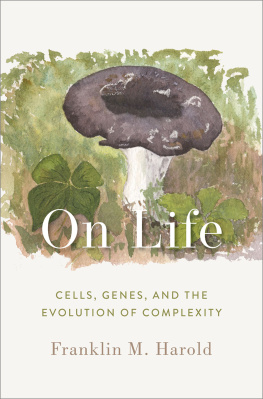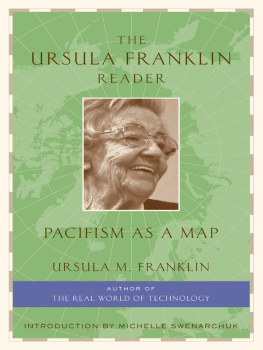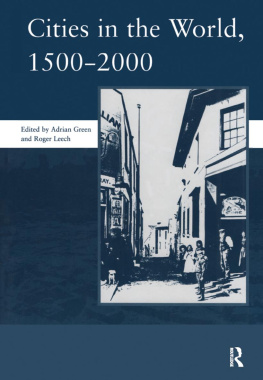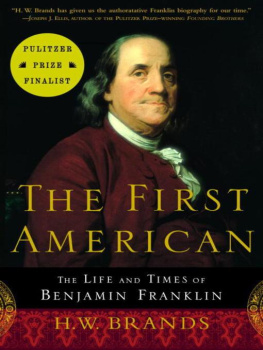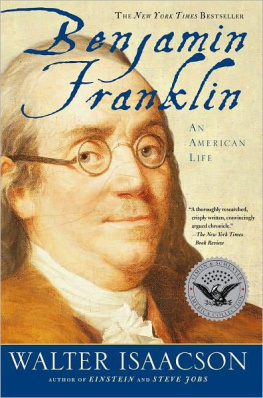Adrian Franklin 2010
First published 2010
Apart from any fair dealing for the purposes of research or private study, or criticism or review, as permitted under the Copyright, Designs and Patents Act, 1988, this publication may be reproduced, stored or transmitted in any form, or by any means, only with the prior permission in writing of the publishers, or in the case of reprographic reproduction, in accordance with the terms of licences issued by the Copyright Licensing Agency. Enquiries concerning reproduction outside those terms should be sent to the publishers.
SAGE Publications Ltd 1
Olivers Yard
55 City Road
London EC1Y 1SP
SAGE Publications Inc.
2455 Teller Road
Thousand Oaks, California 91320
SAGE Publications India Pvt Ltd
B 1/I 1 Mohan Cooperative Industrial Area
Mathura Road, Post Bag 7
New Delhi 110 044
SAGE Publications Asia-Pacific Pte Ltd
33 Pekin Street #02-01
Far East Square
Singapore 048763
Library of Congress Control Number 2009934247
British Library Cataloguing in Publication data
A catalogue record for this book is available from the British Library
ISBN 978-0-7619-4475-1
ISBN 978-0-7619-4476-8 (pbk)
Typeset by C&M Digitals (P) Ltd, Chennai, India
Printed in India at Replika Press Pvt Ltd
Printed on paper from sustainable resources
Introduction
The bombsites remained for decades. Nature quickly took them over, the split-apart houses, wild willow herb and buddleia creeping over ruined walls Stray cats abounded, the ones who ran away when the bombs fell and never saw home again or had no homes or owners to return to. Old ladies fed them their rations, and they bred and became plentiful, but werent keen on stroking.
Fay Weldon, Auto Da Fay, 2002: 157
Most of us live in cities, our lives are city lives. This book investigates the life rather than the structures, buildings, policies, systems, human taxonomies and sociologies that normally comprise investigation of the city. Of course all of the above are part of the life of cities, a very important part, but actually, only a part. These descriptive traditions of urban studies have a tendency to reduce cities to abstractions of systems, whether social or physical (though seldom both together, regrettably), to empirical descriptions of their capabilities or failures (scorecards of progress or scandal), to their putative social and environmental problems (the driver of so much research, knowledge and perception of the city) and, most importantly, to mostly one-dimensional, single-discipline-based approaches (though I note with much pleasure Amin and Thrifts Cities Reimagining the Urban, 2002), which have a tendency, a serious one in my view, to replicate all of the problems associated with the Great Divide between science and the humanities. So, we produce works on the city that emphasise one of its human or non-human features (its cultures, building, architecture, traffic, its risk from natural disaster, its air quality, its standard of housing) and very seldom tackle the city as if it is an assemblage of all of these things; we seldom see it as a totality of human and non-human networks of texts, software, culture, behaviour, architecture and trees and gardens. For this reason, it is very hard, actually, to say anything meaningful about the life of cities. And the life of cities is of course a critical variable in our lifestyle-rich cultures and affects the location of key workers and employers. Their lifestyle considerations span the Great Divide by being as concerned with environmental and ecological conditions as they are with culture, services, architecture and ambiance (and we do hear a lot about buzz, atmosphere, aliveness, excitement). We hear that successful cities are tolerant cities, but that tolerance is not just cultural and ethnic tolerance: it is a generalised tolerance and a genuine interest in and concern for such things as nature, the past, hybrids, new (and old) technologies, the hinterlands and neighbouring countries, the producers of our food and our clothes and our impact on their lives. This book suggests that all of these postmaterialist and posthumanist themes constitute the new ecological culture of contemporary Western and other modernising cities.
Even if we dont live in the great city itself (although increasingly the world has become urbanised) all of us live in its shadow, are held in place by its gravity and, actually, most of us long to live under its spell at certain moments of our lives. There is a lot of magic, phantasmagoria, ritual and transcendent content to city life that only occasionally surfaces in urban studies (for an exception see Pile, 2005) but which is crucial to understand if we are to fathom city life properly. Many of us long to leave the safe, predictable, humdrum places we were reared in (suburbs, little towns and rural backwaters) for the city lights; we long to spend time there shopping, where the shops are better and where the things sold are astonishing. Their very possession confers an aesthetic zing unavailable elsewhere. There is also something about their great works of public art and architecture that interpellate us, hail us, irrespective of whether they are nation-building shrines, whether they embody art or style movements or whether they are merely celebrity landmarks. In various ways these things define who we are, where we have come from and often where we are going. And, increasingly, we need to immerse ourselves in its transformative atmospheres because for many of us the city also promises to fulfil our potential, whatever that may be; a place to find oneself outside of those places where tradition and conservative cultures still hold some sway; the city as place of experimentation and self-making. This book is all about how cities, or many of them at any rate, came to be such central elements of our lives and why they take the form they do.
Can anyone doubt the suggestive orientation that Norman Fosters giant Gherkin gives to the London skyline, or Pianos anticipated Shard of Glass? We long for the theatre, music and cultural productions of the city and pay homage to its celebrity and genius. And we long for the potential, multiple possibilities that the city offers us in order to make ourselves in different ways. There has been a great deal of innovation in city life, both human and non-human: I like the idea of city farms, of city forests, of hawks who have learned to patrol its air and nest high in its buildings, and of foxes and badgers raising families under garden sheds.
If village, community and suburb offer us norms to comply with and follow, then the city offers us alternatives, multiple paths and becomings. If small places of community and belonging offer you judgement and certainty, cities offer, as Simmel (1997b) suggested, the freedom to explore and the giddiness of adventures into the unknown.




